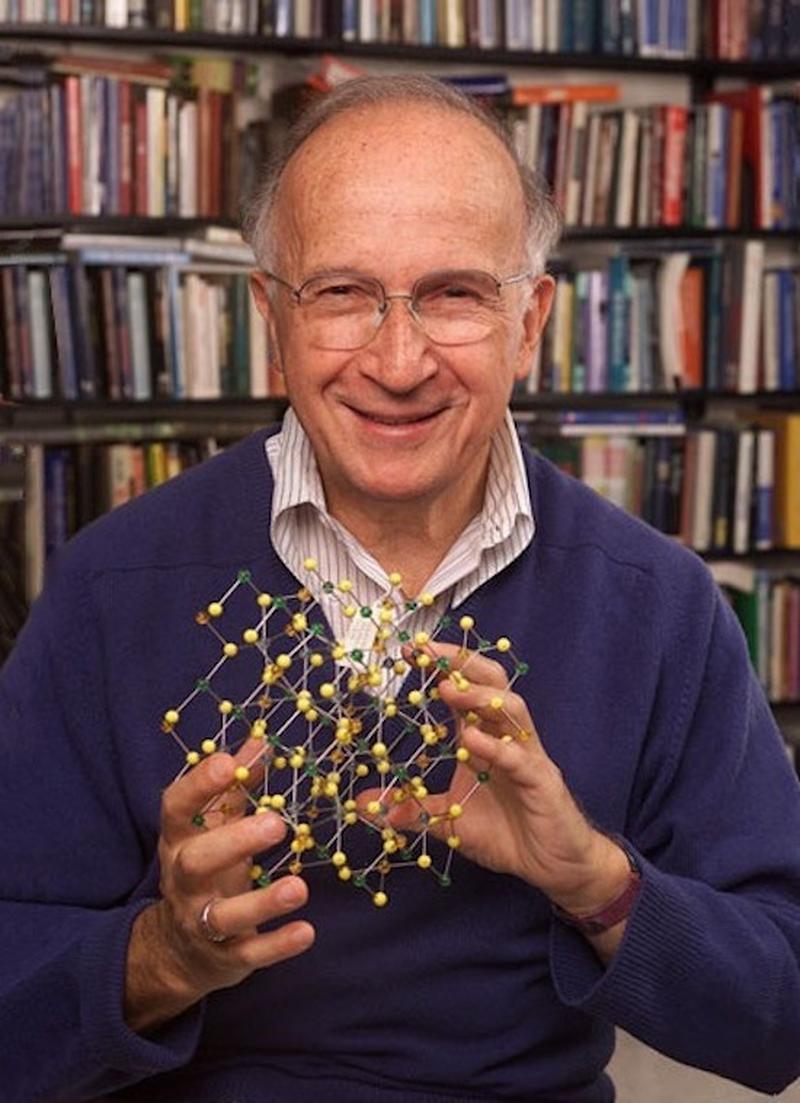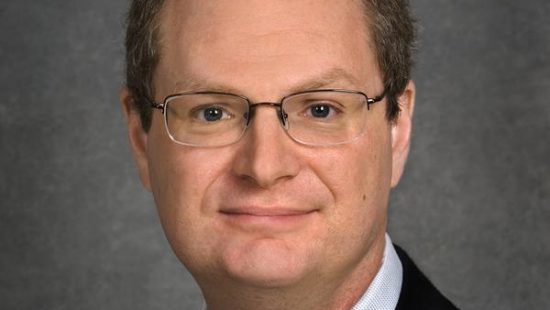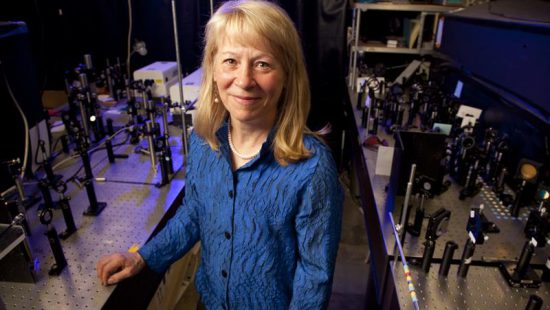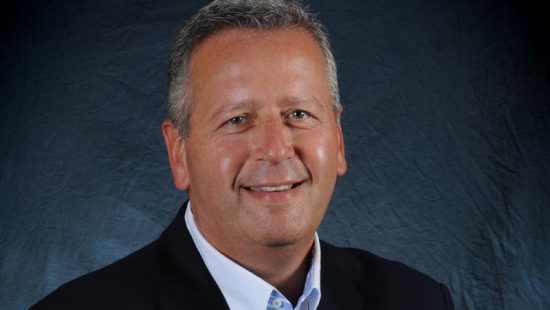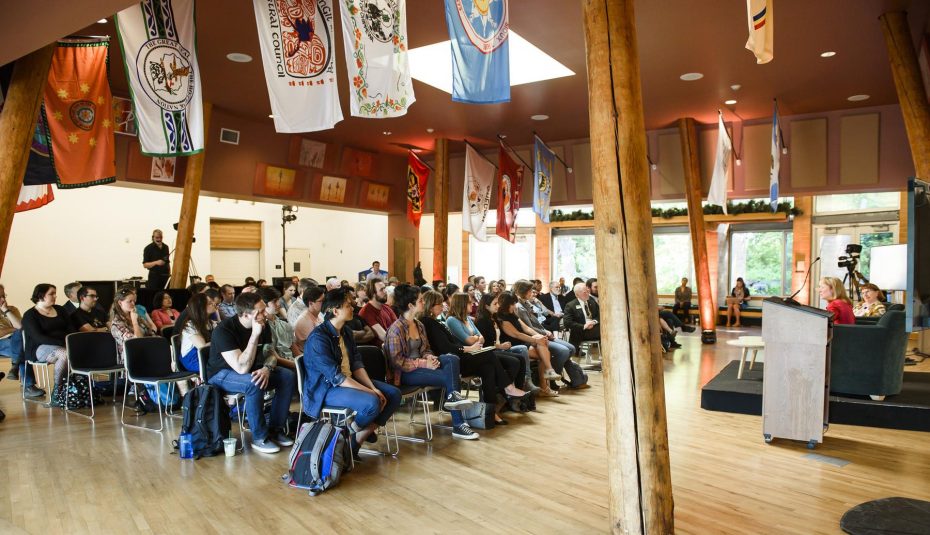Born in Poland to a Jewish family just before the start of World War II, Roald Hoffmann went from a ghetto to a labor camp to hiding in an attic during his childhood. Most his relatives — including his father — were killed during the Holocaust. In 1949, Hoffmann and his family moved to the U.S., where he would become a key theoretical chemist over the course of his career.
Initially pursuing a medical career, Hoffmann realized during college that he wanted to be a chemist. But while attending graduate school at Harvard, he realized he was not meant to work in a laboratory when a chemical reaction blew up during an assignment, causing damage to a lab.
After joining the faculty at Cornell University, Hoffmann developed rules that the symmetries of electron orbitals predict chemical reactions. Hoffman’s rules became an efficient way for scientists to be able to approximately predict how reactions may unfold in research.
By Jacob Kerr

